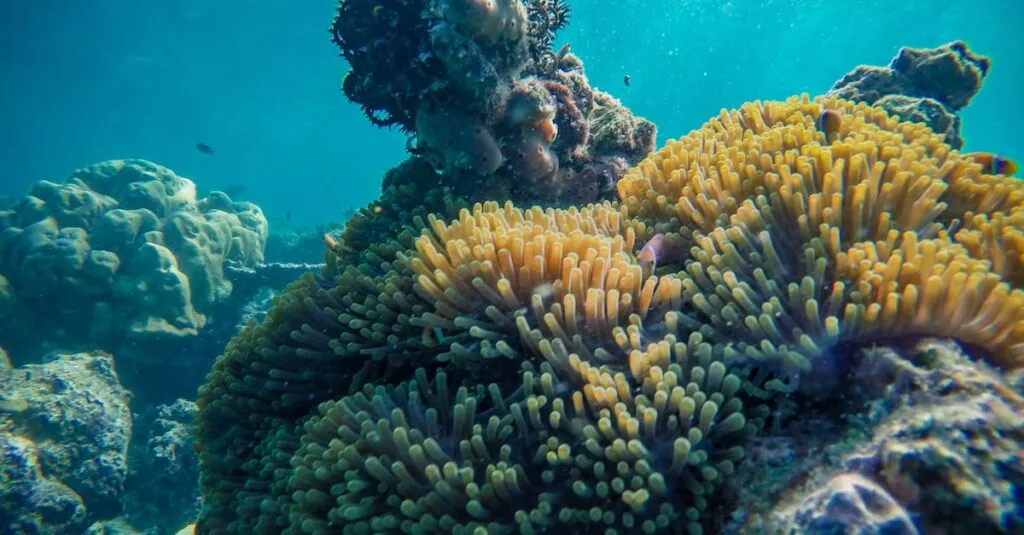Unveiling the Ocean’s Mysteries
Have you ever watched a child’s eyes light up at the sight of colorful fish gliding through the water? There’s magic in those moments. Visiting an aquarium opens up a new world for kids, one where learning feels like an adventure. It’s not just about seeing different fish species; it’s about sparking curiosity in young minds about marine life, ecosystems, and the importance of conservation.

A Splash of Learning: Educational Benefits
Aquariums are not just tanks full of water; they’re immersive classrooms. Each exhibit, from the kelp forest to the coral reefs, offers a live demonstration of biology, ecology, and environmental science. Children learn about the interconnectedness of ecosystems, the role of predators and prey, and the impact of human activities on the ocean. This real-world context enhances learning, making complex concepts easier for young minds to grasp.

Engaging Young Minds Outside the Classroom
The journey through an aquarium is a departure from the typical classroom setting, offering a multi-sensory learning experience. Kids can watch sharks glide overhead in tunnel exhibits, touch starfish in touch pools, or marvel at the graceful dance of jellyfish. These experiences engage different learning styles and encourage children to explore subjects like science and geography with renewed interest.

Facing Fears: Aquariums as Emotional Classrooms
For many children, aquarium visits can also be a lesson in overcoming fears and nurturing empathy. Encountering a large shark behind the safety of glass, or touching a slimy sea cucumber, can challenge their preconceptions. Learning about the threats facing these creatures, from habitat destruction to pollution, can foster a sense of responsibility and care for the environment.

Interactive Aquatic Fun: Beyond Just Watching
Today’s aquariums often feature interactive displays or digital touchscreens alongside traditional exhibits. These tools allow children to dive deeper into learning, animating the information in engaging ways. Kids can simulate ocean currents, design their own fish, or take quizzes to test their knowledge. This interactive element makes the visit a hands-on learning experience, reinforcing educational content in a fun, memorable way.

Let’s Talk: Encouraging Conversations and Questions
A family trip to the aquarium can do wonders for encouraging dialogues at home. It’s common for kids to have lots of questions after their visit. This curiosity can lead to wonderful conversations about nature, conservation, and science. Parents can foster this by asking open-ended questions, sharing observations, and even researching together to find answers. It’s a great way for families to bond over learning.
